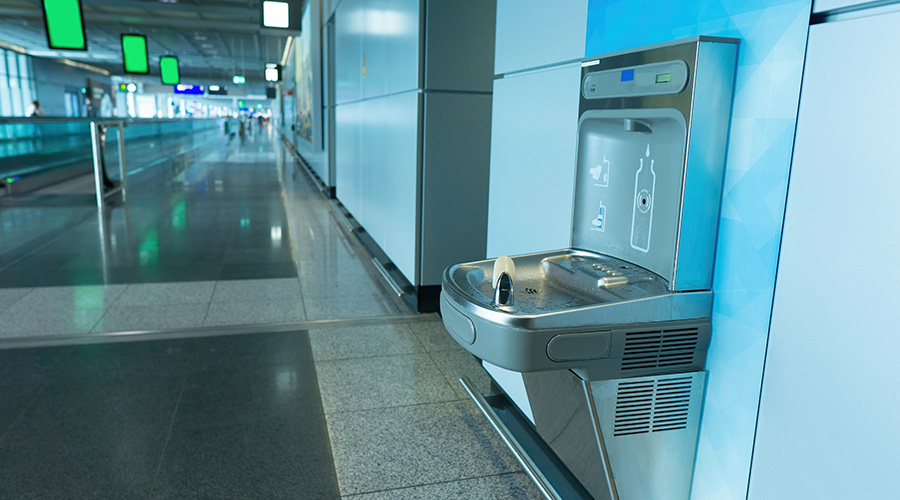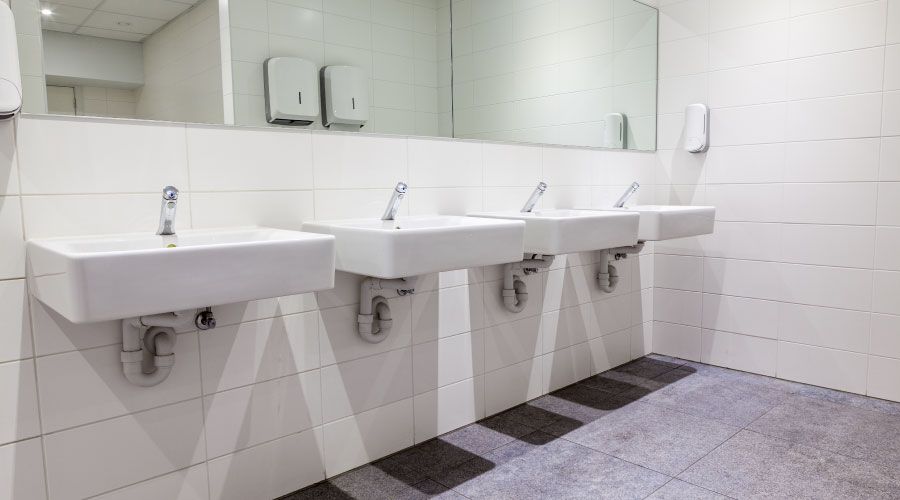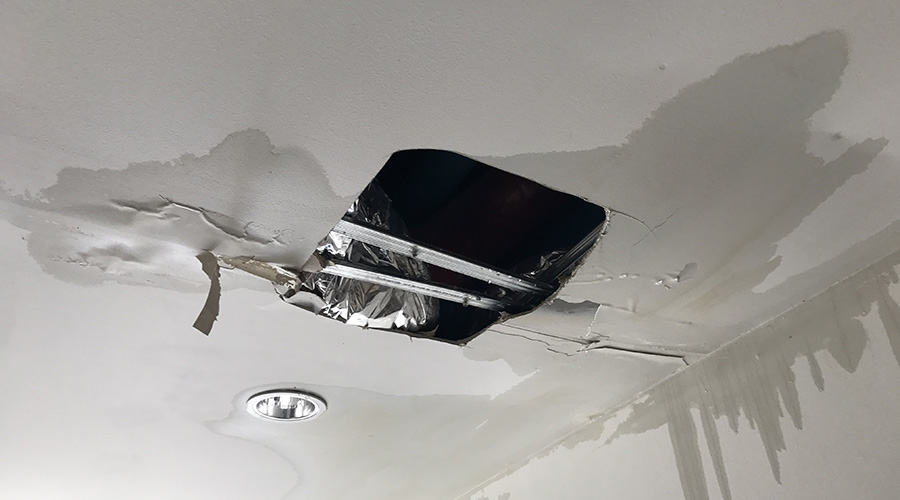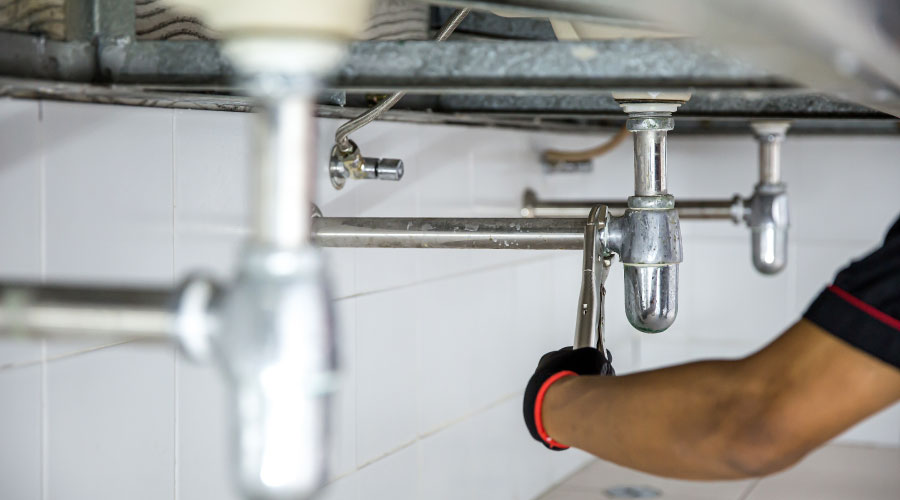No-Touch Technology Boosts Restroom Hygiene
Much of the focus on restrooms in institutional and commercial facilities goes to plumbing systems and components, given their role in water conservation, cost control, and sustainability. But maintenance and engineering managers also must not lose sight of the key role hand dryers and paper-product dispensers play in restroom issues such as hygiene and waste control.
By tracking advances in no-touch technology, as well as its benefits and challenges, managers can specify and install dryers and dispensers that help their organizations become more sustainable, as well as control costs.
To Touch Or Not To Touch?
Each time a restroom user flushes a toilet, the resulting spray of water releases thousands of microbes — E. coli, hepatitis C, and influenza virus, to name a few — into the air and onto floors, partitions, walls, countertops, fixtures, and dispensers. It takes just one hour for germs on a sink handle to multiply by a factor of 16.
Restroom upgrades that incorporate touchless hand dryers, dispensers, and fixtures can improve sanitation and reduce odors, and they can provide a more cost-effective operation of restrooms. Upgrades involving waterless urinals can curtail water use further.
Beyond these potential benefits, these projects can generate additional savings related to improved employee health and, therefore, lower rates of absence. A healthy employee also is more productive than a sick one and does not spread illnesses.
While occupants are not able to see the germs, they can see dingy surfaces and smell unpleasant odors. Odor, poor cleanliness and empty dispensers rank as the most common restroom complaints.
Managers can eliminate sources of these complaints and, at the same time, improve hygiene and reduce costs by replacing manually operated sink faucets, toilet flush handles, and paper hand cleaners with touchless products. No-touch restroom products that have gained a high degree of acceptance include electronic flush toilets, electronic flush or waterless urinals, electronic faucets, electronic soap dispensers, and electronic, no-touch hand dryers. Managers also can consider touchless toilet-seat raisers that users can activate by foot control and automatic deodorizers triggered by timers or motion sensors.
Touchless product options for restrooms go beyond fixtures and dispensers. Paperless toilet-bidet combinations also can improve restroom hygiene and minimize paper waste, and no-touch restroom cleaning equipment choices include all-in-one pressure washers, vacuums, supply carriers, and trash-removal units. Also, newer no-touch capacitance sensors create a magnetic field around a fixture in all directions, providing better reliability than single-spot sensors.
Related Topics:














